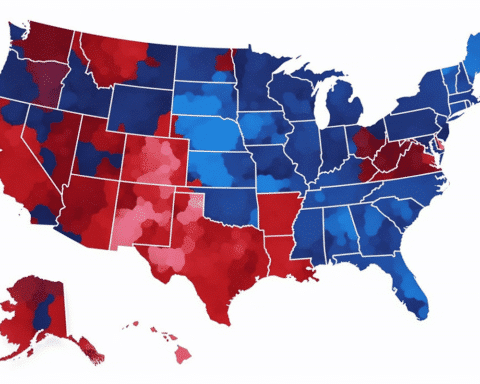Federal Reserve Chair Jerome Powell recently pushed back against expectations of an imminent interest-rate cut in March, emphasizing the importance of waiting for more data to confirm inflation trends. Powell’s efforts to communicate this message to a broader audience included an interview with CBS’s 60 Minutes, aiming to reach beyond financial markets to the general population.
Market reactions following Powell’s interview indicated a reassessment of expectations for rapid rate cuts, with Treasury yields falling across all maturities in Asia. This shift suggested that bond investors may have overshot in pricing for such cuts.
The importance of communicating policy decisions to various groups was highlighted, as it helps reinforce the transmission mechanism of monetary policy and promotes financial literacy. This approach also aids in building trust in the institution and its policies, crucial particularly in a presidential election year.
Rapid price increases in the economy have not only angered Americans but also impacted President Joe Biden’s approval ratings. However, Powell reiterated that the Fed’s decision-making process remains independent of politics or elections.
Looking ahead, the upcoming week is expected to reveal the full extent of Germany’s industrial decline in 2023 through a series of data releases. These releases are anticipated to show monthly declines in exports, factory orders, and production in Europe’s largest economy.
Meanwhile, central bank decisions in Australia, India, and Mexico are expected to keep rates unchanged, reflecting the cautious approach taken by policymakers amid uncertain economic conditions.
Recent US productivity readings have indicated a sustained pickup in output per hour, driven by technological advances and investment in labor force productivity. This trend, highlighted by Ed Yardeni of Yardeni Research, suggests that employers are investing in ways to boost the productivity of their workforce, particularly in the face of chronic labor shortages.
Last quarter, the US saw a 2.7% advance in productivity compared to the previous year, surpassing the historical average of 2.1% since 1947. This growth trend over the past three quarters indicates a potential sustained pickup in productivity, with significant implications for economic growth and living standards.




